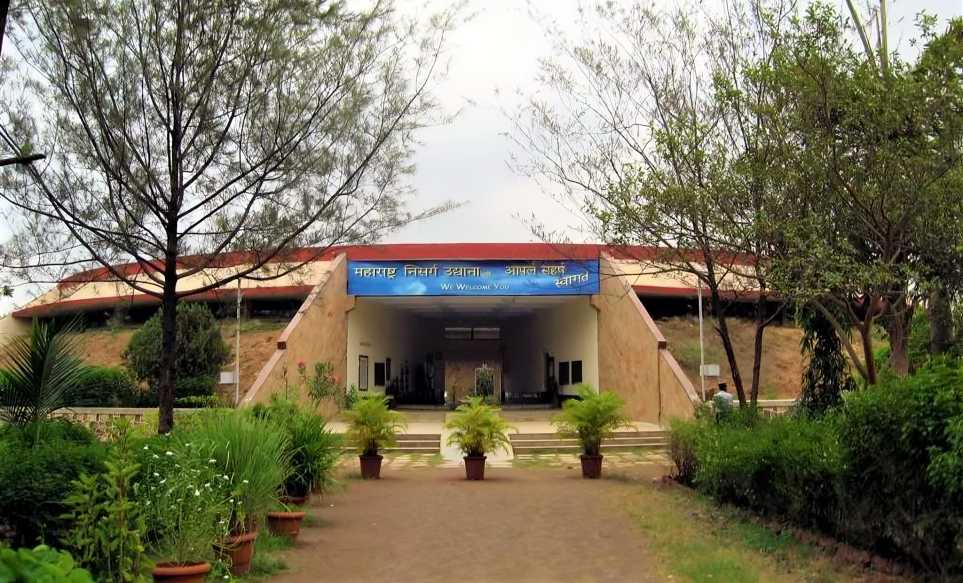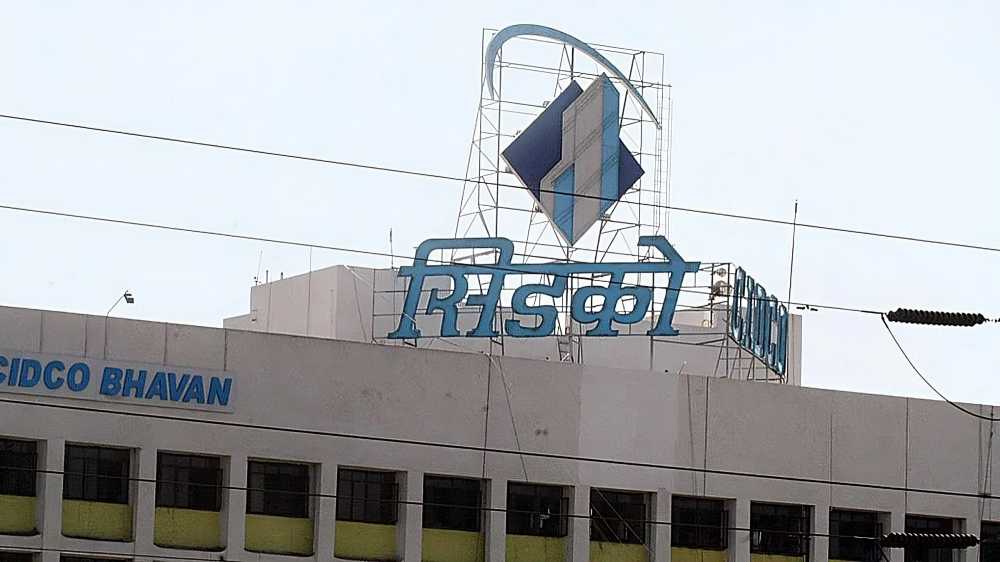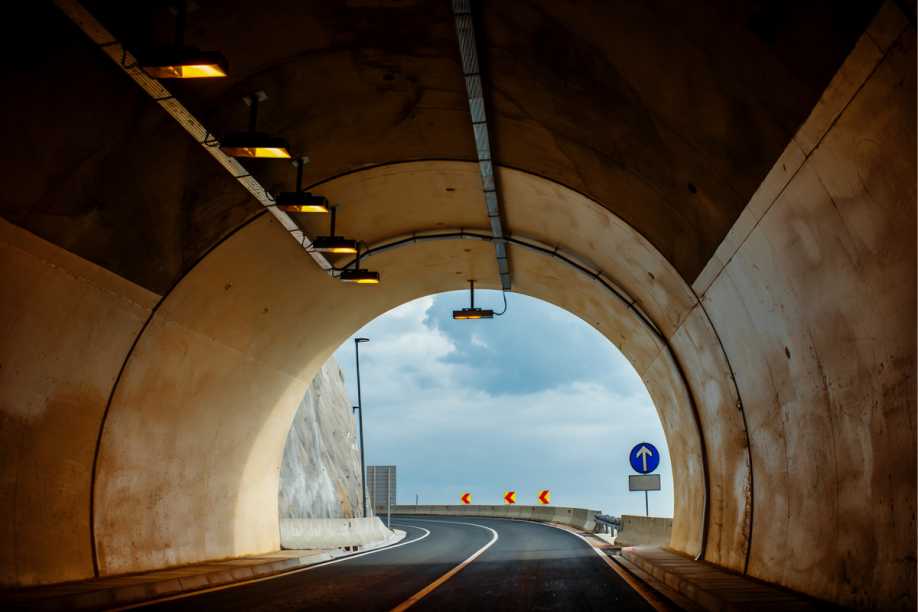November 15, 2025: Mumbai’s Mahim Nature Park—one of the city’s most critical and centrally located green lungs—is once again at the centre of public concern as momentum builds around the Dharavi Redevelopment Project. Urban planners and environmental groups warn that the renewed push for land consolidation could intensify pressure on the park’s 37-acre ecological zone, which serves as a rare natural buffer in an increasingly vertical business district.
Situated beside the Bandra–Kurla Complex (BKC) and along the eastern edge of Dharavi, the park occupies land that once functioned as a municipal dumping ground. Over the past four decades, sustained efforts by conservationists, civic officials, and educators have transformed the site into a thriving biodiversity hub. An environmental educator said the park now supports “thousands of plant species along with a diverse population of birds, butterflies and smaller fauna, making it one of the few accessible ecosystems for hands-on learning in the city.” The Mumbai Metropolitan Region Development Authority (MMRDA) currently oversees the park through a dedicated state-appointed board.
However, planners argue that this management structure leaves the park exposed to shifting priorities whenever major infrastructure projects are announced nearby. The revived Dharavi redevelopment—which includes large-scale land consolidation and acquisition of adjoining railway territories—has heightened those concerns. While officials maintain that such steps are essential for rehousing and commercial development, environmental advocates fear the park’s proximity makes it vulnerable to future land-use negotiations. A civic activist noted that developers have long viewed its location, between BKC and the Mithi River, as “high-value, high-opportunity land.”
Past attempts to integrate the park into redevelopment plans, including a proposal to transfer its development rights, were shelved after strong public opposition. But with the project now backed by significant budget allocations, citizens worry that earlier threats could resurface.
Ecologists cautioned that any reduction to the park’s footprint would weaken its role as a natural cooling zone and flood buffer—critical functions given its adjacency to the Mithi River and surrounding mangrove ecosystems. While the government has not issued any notification altering park boundaries, environmental groups say they are prepared to take legal action if necessary.
As Mumbai accelerates urban expansion, the future of Mahim Nature Park has become a litmus test for whether the city can balance growth with ecological preservation.
Source: Urban Acres





